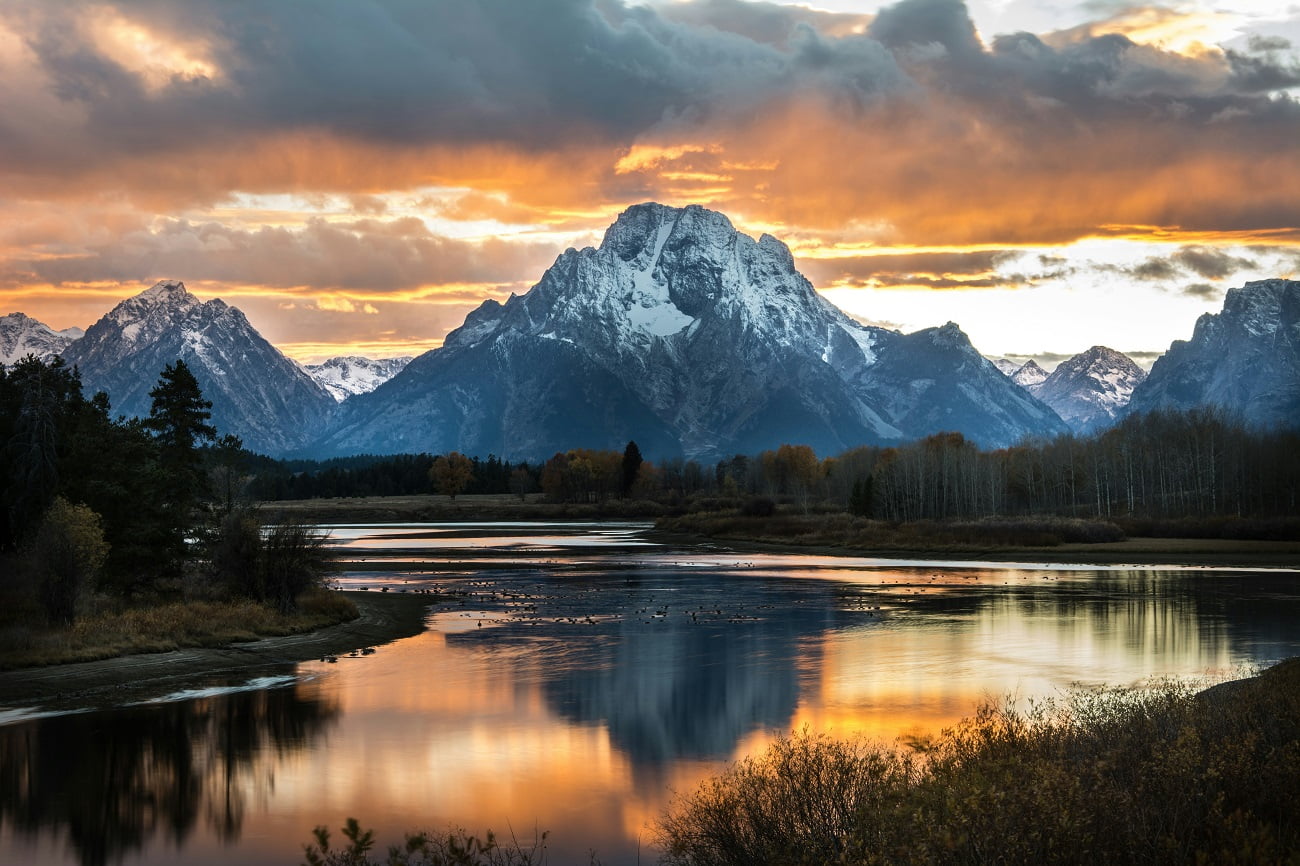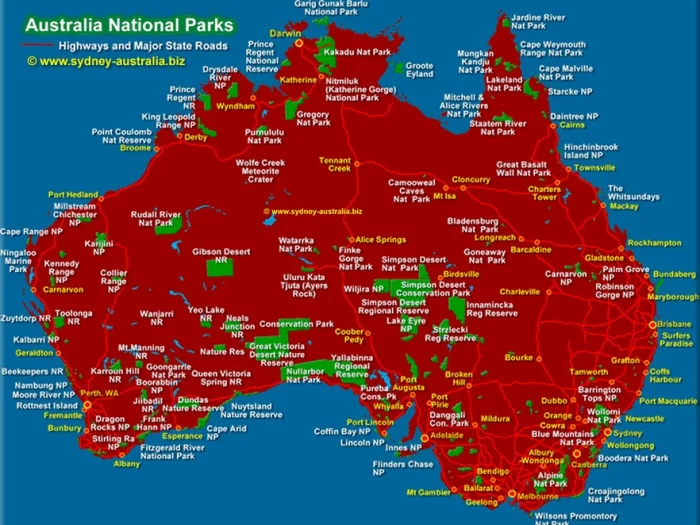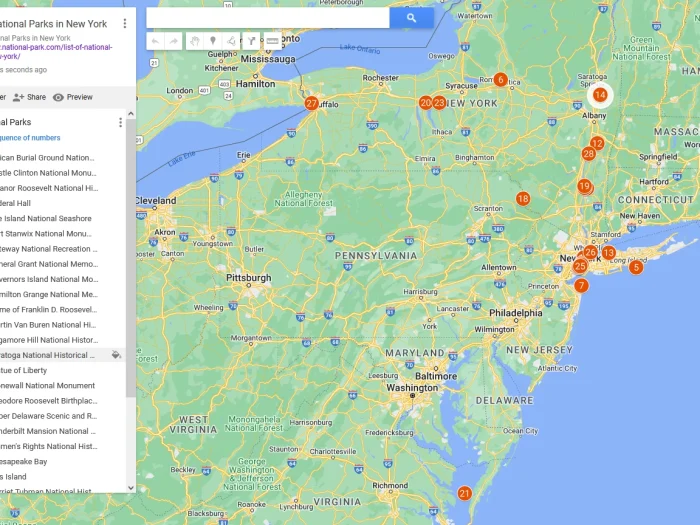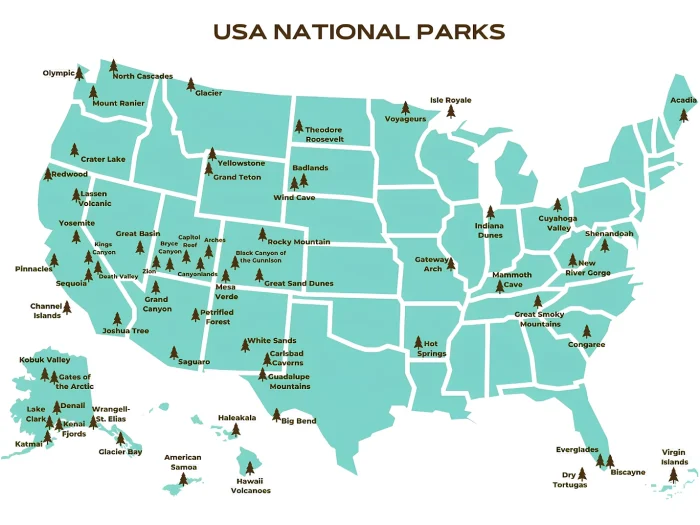Geology Adventures: Unveiling the Geological Wonders of National Parks
National parks in the United States are a source of pride, a public asset, and a tremendous contribution to conserving the environment. National parks are a standard of careful and respectful attitude towards the planet, which many should follow.
However, in addition to contributing to the global struggle for a healthy ecology and the protection of endangered species, nature reserves, and national parks can also generate income: stunning landscapes and natural wonders attract tourists from all over the world because everyone wants to see the pristine beauty of the planet with their own eyes.
We’ve compiled a list of the best geological wonders in America’s national parks. If you are interested in geology, love the outdoors, or enjoy hiking, you must plan a trip to the national park for next weekend. If you need to free up time for studying, you can always turn to a thesis writing service to delegate part of your academic assignments to professionals.
Reasons to Visit the Nearest National Park on Weekends
- Cost-friendly amusement. Because of their accessibility and inexpensive prices, national parks are great vacation spots for families and individuals of all ages. For $35, you can purchase a 7-day motor permit to Grand Canyon National Park, or for about $20, you may walk. Sixty-three national parks make them an ideal destination for budget-conscious travelers. On top of that, entrance is usually free on some holidays and other special events.
- Easily accessible journey. With 27 total, choosing a national park to visit shouldn’t be too tricky (or making the most of a trip to a state that boasts more than one)! You might make the most of your time in California, Alaska, and Utah, which have the most (a total of 22). The most recent East Coast national park, River Gorge, is located in West Virginia. If you are considering a long journey, we recommend choosing Redwoods National Park.
- Activities for all tastes. Each national park offers tourists dozens of activities, from hiking along scenic routes to kayaking down the river. If you like active recreation, you will definitely find suitable activities for yourself.
- Perfect for relaxation. Even if we don’t notice it, we all experience constant fatigue from the bustle of the city, office work, and the many endless problems that characterize adult life. Only a few of us understand how important it is to take a break occasionally, get out into nature, and just walk without being distracted by gadgets and information noise.
- Available every season. Enjoyment in the national park is available at any time of the year and may vary depending on the season. You will find completely different landscapes and various activities in winter and summer. Don’t forget to read several articles about the national park you like, and pay attention to what time of year it is recommended to visit. If there is only one park near your city, do not rush to forget about it after the first trip: if you have already gone there in the summer, then next time, try to plan a trip in the spring, and rest assured, a completely new experience awaits you!
#1 Rainbow Bridge National Monument (Utah)
If you wanted to, you could fit the dome of the United States Capitol underneath Rainbow Bridge, making it one of the biggest natural bridges in the world. Its development was greatly influenced by water. A stream first twisted a thin fin of soft sandstone before a hole was eventually carved. Even though water no longer flows under Rainbow Bridge, the erosional processes that built it will ultimately destroy it.
#2 Kenai Fjords National Park (Alaska)
The pillow basalt in the park is an ideal nesting site for the horned puffin colonies in the Kenai Fjords. Pillow rock results from molten lava cooling rapidly in cold water; it develops on the ocean floor. Tectonic pressures lifted these rocks above sea level, creating the cliffs home to puffins. The birds have added a new layer to the outcrop.
#3 Rocky Mountain National Park (Colorado)
Glacial erosion carved out a bowl-shaped valley called the Fall River Cirque in the Rocky Mountains. The sheer sides of most glacial cirques can only be reached by climbing or extremely rigorous hiking, but this one is accessible through one of the most picturesque routes in the park system and doesn’t require any gymnastics.
#4 Glacier National Park (Montana)
Want to know the origins of life on Earth? Stromatolites, relics of the first life on Earth, are among the fossils found in glaciers. These fossilized bacterial layers, which can look like sliced cabbage, were essential to the early stages of life because they enhanced the amount of oxygen in the environment.
#5 Hawai’i Volcanoes National Park (Hawai’i)
No experience can compare to seeing molten lava flow into the water, creating vapor plumes as it goes. Seeing this unusual event requires a great deal of good fortune. Fortunately, Hawai’i Volcanoes National Park‘s Kilauea has been continually erupting since 1983. Unfortunately, the direction and strength of these lava flows are very unexpected; thus, it is impossible to forecast when one will reach the water. You can see the current conditions here.
#6 Wind Cave National Park (South Dakota)
Although it isn’t the largest or most spectacular cave feature, Wind Cave is among the most unusual and mysterious. Named after the little recesses in the town post office, Wind Cave’s intricate pattern of paper-thin calcite veins adorns the cavern’s roof. Prevailing belief holds that these remarkable forms were left behind by dissolution and erosion because the calcite was more durable than the surrounding rock elements. Not only that, but Wind Cave is home to some truly bizarre formations, such as helictite shrubs and cave popcorn.

https://unsplash.com/photos/woman-seating-on-rock-under-blue-sky-A12N_QHoHsA
#7 Pinnacles National Park (California)
Climbers and hikers are drawn to the jagged volcanic rocks they encounter at Pinnacles. But the most mind-boggling part is figuring out where those rocks originated from. In the past, Pinnacles was situated around 200 miles south of where Lancaster is today. Pinnacles’ present placement is due to the same process that caused the 1906 San Francisco earthquake. Pinnacles’ rock formation occurred 23 million years ago due to movement along the San Andreas Fault, which shifted the rocks at a rate of little over half an inch each year. The Pinnacles National Park is now located four miles east of where the fault initially was.




